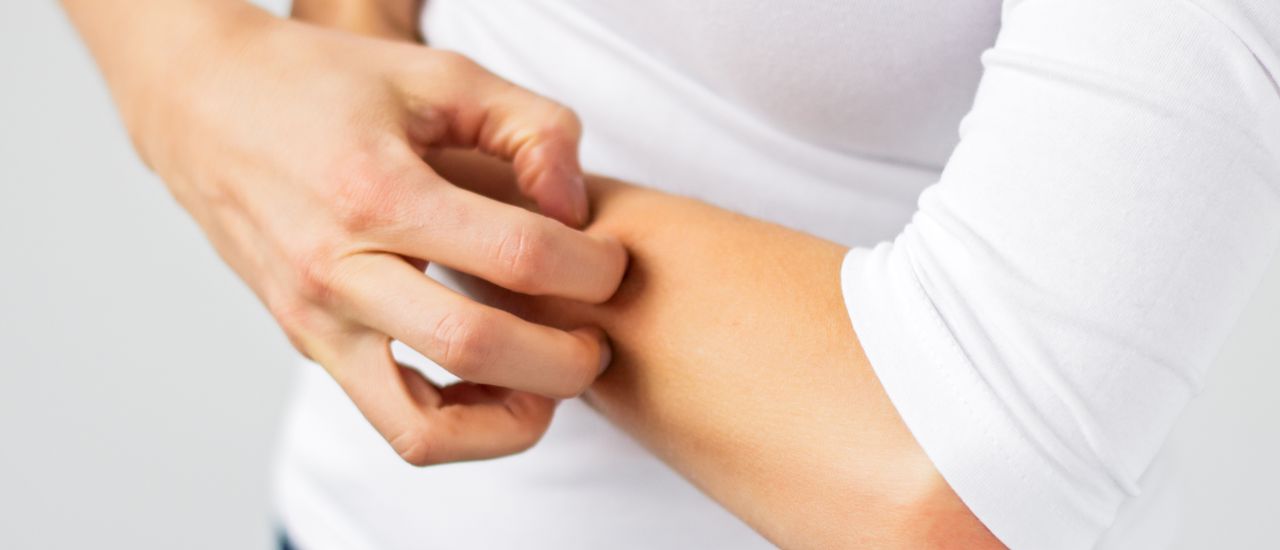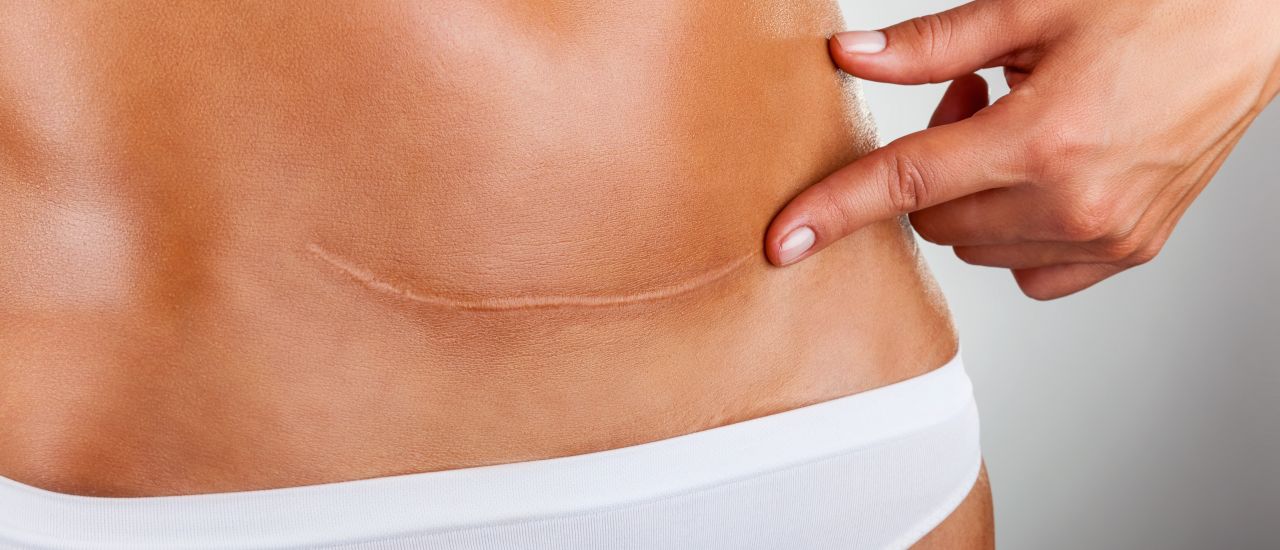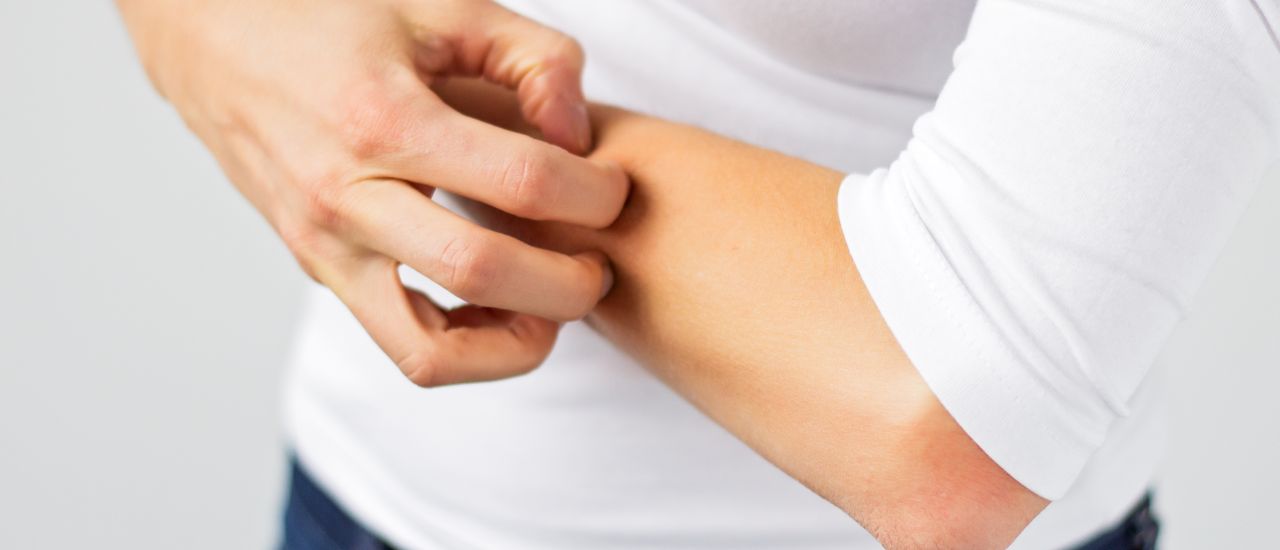Chicken soup is known as the food of choice to soothe a cold or flu, but there’s another soup making headlines. Ever heard of bone broth? It’s a simple soup made from simmered meaty bones, like beef knuckles, oxtail or soup bones, and basically any vegetables you prefer..
Why is it suddenly so popular? Because it is suggested that bone broth can give you younger, more radiant skin. When you cook down bones, it breaks down the collagen in bones so it becomes more easily digestible. This collagen is what gives your skin it’s radiant, elastic quality. So, more collagen = younger-looking skin!
Not only that, but bone broth is cheap, filling, easy to make and a bonus for your skin.
Broth benefits
- Good for your joints. Nutrients found in bone broth, like collagen and gelatin, are known to keep your joints healthy.
- Good for your skin. The collagen in bone broth can help keep your skin plump and youthful.
- Good for your digestive system. It can repair your intestinal lining and reduce inflammation in your gut.
- Strengthens your immune system. Thanks to its high mineral content, bone broth is a good (and delicious) way to protect your body against illness.
- Makes for strong teeth and bones. Bone broth is a good source of Vitamin D, which is important for calcium absorption. Calcium is vital for healthy bones and teeth.
Make your own bone broth
Recipe 1
Ingredients:
- Bones from poultry, beef, or lamb.
- Water to cover the bones.
- A splash of vinegar.
- Vegetable peels and skins (optional). Celery, carrots, onions, garlic and parsley are the most used, but any vegetables will do.
Method:
- Combine the bones, water and vinegar in a pot. Let it boil for 30 minutes to one hour.
- Reduce the heat, remove any bits that have risen to the top, and bring to a simmer (six to 28 hours for chicken, and 12 to 72 hours for beef). To reduce the cooking time, smash or cut the bones into small pieces first.
- If desired, add the vegetable scraps in the last 30 minutes of cooking.
- Strain the broth through a colander or sieve, lined with cheesecloth. Throw the bones away, and enjoy.
Recipe 2
Ingredients:
- 2kg beef bones.
- 2 carrots.
- 2
- 1 onion.
- 4 cloves garlic.
- 2 teaspoons of vinegar.
- Water to cover the bones.
- A bunch of thyme.
- Salt to taste.
Method:
- Roughly chop up all the vegetables and add to a large pot with the bones, vinegar and thyme.
- Cover with just enough water to submerge all the bones, and place on a very low heat for at least two hours. The longer, the better.
- Remove any debris floating to the top while cooking. Top with more water if the bones peek through the surface.
- Once cooked, strain to remove all the solid bits. Add salt to taste, and enjoy.
References:
- https://naturalife.org/nutrition/bone-broth-health-benefits
- https://www.consultantnutritionist.com/General-Health-Nutrition/Traditional-Bone-Broth-in-Modern-Health-and-Disease.html
- http://www.food24.com/Recipes/Easy-Paleo-bone-broth-20150205
- http://blogs.food24.com/agorgeouslife/












